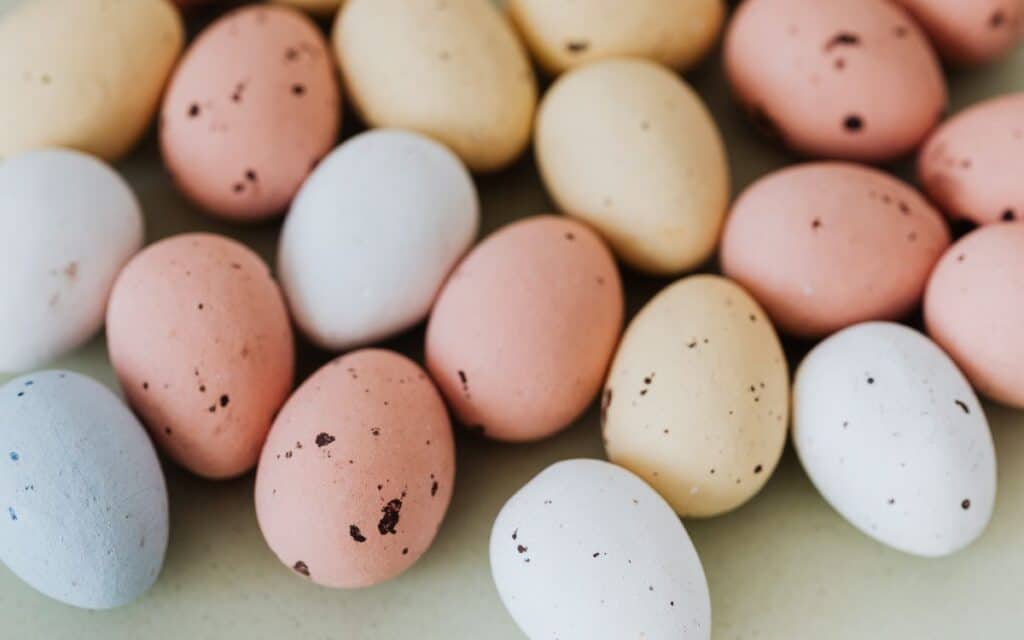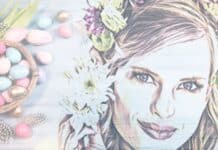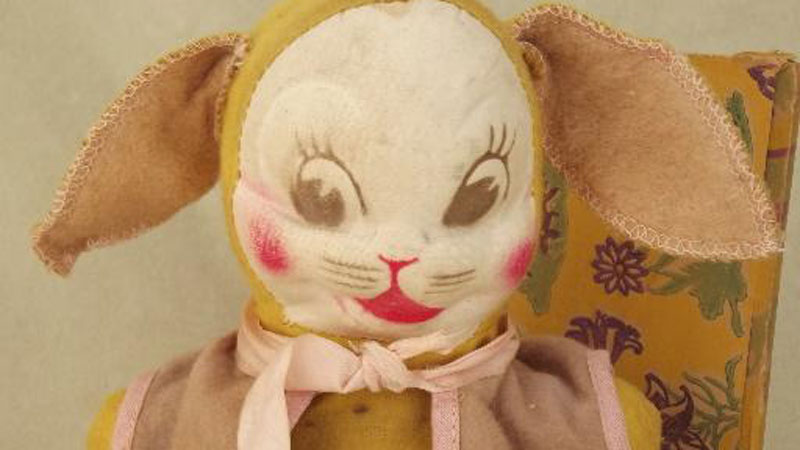Spring Equinox is a time of equal days and nights, celebrated with symbols of renewal and new life such as eggs and hares, and can be a time for planting new ideas and enjoying nature, says HELEN JR BRUCE

The word “equinox” has origins in the Latin “aequinoctium”, which means the time of equal days and nights.
As the name suggests, is is the name given to the time when night and day are in perfect balance, which happens once in spring and once in autumn every year.
The vernal, or spring, equinox can fall on 19, 20 or 21 March and marks the beginning of astronomical spring.
In the Northern Hemisphere the vernal Equinox coincides with many of the well known and visible signs of spring.
Daffodils are coming into flower, lambs are in the fields with their mothers and both wild and domestic birds are beginning to lay eggs.
The lengthening days and the return of the light, as well the welcome displays of fertility from the land, have long been a cause for people to feel thankful, and many people still celebrate the Equinox today.
Ostara and Easter
Modern pagans may celebrate the festival of Ostara at the Spring Equinox, and the Christian Easter often falls only a few weeks after.
Both festivals have adopted eggs as symbols of renewal, new life and hope for the year ahead, which aligns with the natural cycle of egg laying beginning as the days become lighter and longer.
Much neopagan literature, from the 1970s onwards, describe Ostara as a Germanic goddess whose sacred symbols include the egg and the hare.
However, the word Ostara was reconstructed by Jacob Grimm, based on speculation around language and the mention of the goddess Ēostre by the eighth century monk, Bede.
Ostara may not be an ancient name for the Spring Equinox, and Ēostre may have been too obscure to have inspired the naming of the Christian Easter, but celebrating a return to life at this time of year clearly resonates within many historic and modern day cultures.
For Christians, honoring Easter encompasses acknowledging the crucifixion, burial and resurrection of Jesus, as illustrated by the empty tomb.
By celebrating Easter around the spring Equinox, the miracle of the resurrection can be seen to be illustrated by the land itself.
English Folk Traditions of Spring Equinox
Celebrations of the Equinox have traditionally included buying new clothes and, of course, the well known activity of painting brightly-coloured eggs.
These would generally be hard boiled hen’s eggs, which were then sometimes rolled down a hillside in a sort of race. Whether there is some symbolism linking the rolling eggs to the returning sun, or even the rolling aside of the stone from the empty tomb of Jesus, is a matter of conjecture. The winner is the egg that rolls the furthest.
Eggs were also eaten or given as gifts to bring good luck, something that has developed into the chocolate egg giving of today.
People wishing to move away from mass produced and heavily packaged Easter eggs may find themselves wanting to return to more traditional practices. Options for this include gifting edible chicken, quail or goose eggs, or blowing eggs and painting them to create delicate hanging ornaments.
Equinox Magic
The point where winter gives way to spring is potent both energetically and symbolically. It can be the perfect time to plant the seeds of new ideas, and a simple way to celebrate is to plant some physical seeds in either a pot or garden soil.
Even painting eggs can become a magical practice, if the patterns include symbols or words relating to something that the painter desires to grow and manifest in the year ahead.
In the fields, hares become active as they begin their search for a mate, and can sometimes be spotted taking part in spectacular ‘boxing’ matches.
Fascinatingly, these displays are not between males vying for female attention, but rather between females and males when the males have become too persistent.
In Celtic mythology, the hare is associated with abundance and prosperity, and for modern pagans, it symbolises fertility and the coming of spring.
Taking a walk in nature and looking for signs of spring is a simple way to celebrate the Equinox, especially if it can include some time ‘grounding’ on the earth in bare feet.
Other enjoyable options include sharing an egg based meal, or cakes baked with eggs, with friends and family, or organising an egg hunt.
Tell us what you do on Spring Equinox in the comments section below!




